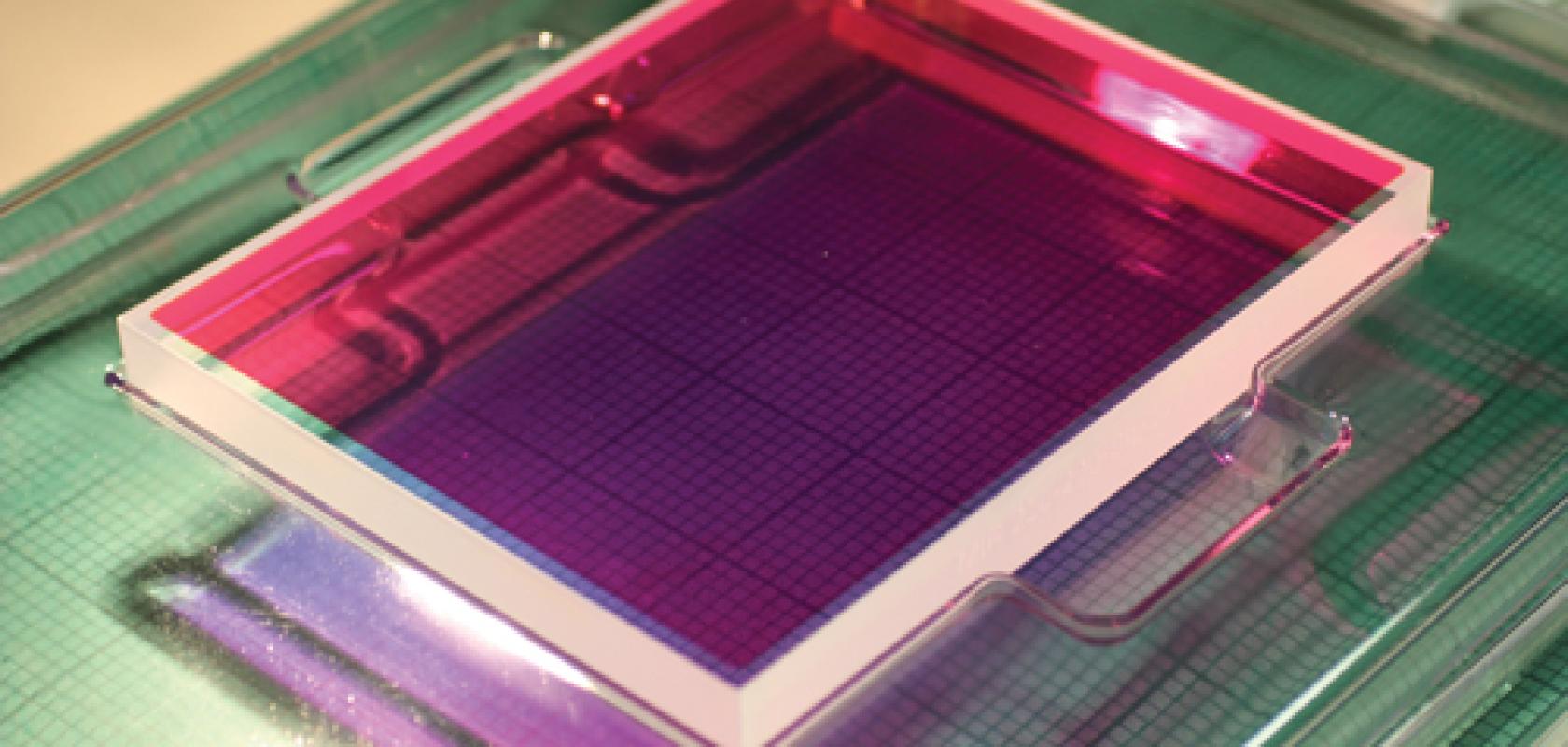Gemma Church explains how a new thermal model from Manx Precision Optics takes a new look at laser damage thresholds for the nanosecond pulse regime
Optics are a critical component of today’s laser systems. It’s an obvious statement but laser damage values are still notoriously unreliable and often contradict real-world results, especially as you move into the nanosecond pulse regime. The resulting damage to one optical component can affect the entire laser system, causing major failures and costing companies dearly.
With increasing laser output powers, the situation has gone from bad to worse. Helmut Kessler, managing director at Manx Precision Optics, explained: 'The traditional theories on laser damage were that in the nanosecond pulse regime you heat up an impurity until it melts and that catastrophically destroys the optical coating.'
In other words, previous models have focused on the role of individual and microscopic defects that absorb energy from single pulses. None have taken into account what happens at the macroscale and the role that the geometry and dimensions of both the optics and beam play when it comes to the Laser Induced Damage Threshold (LIDT).
The LIDT of an optical component defines the maximum intensity the component can resist before laser damage occurs. This makes LIDT a critical parameter for any modern laser system. However, laser damage is a multi-faceted and complex problem with multiple theoretical mechanisms depending on pulse duration, optical coating quality and the manufacturing process of the component.
As multi-Petawatt systems become commonplace, leading to larger laser beam diameters, reliable theories and models of laser damage and scaling laws become increasingly important and current models increasingly unreliable.
A new study from Manx Precision Optics introduces a theory where a model is used to account for the geometry and dimensions of the optics and the beam at the macroscale. There is an emphasis on the heat diffusion capabilities of the film and substrate.
The full study is the topic of the company’s latest white paper and it focuses primarily on the effects of long-term bulk heating rather than damage due to singular pulses and accounts for the impact of repetition rate on LIDT.
Modelling damage
As laser systems grow in scale and complexity, understanding these laser-induced damage thresholds is now an increasingly important aspect of laser systems design. Kessler explained: ‘With relatively small lasers, everything is reasonably cheap. But as we move up to PetaWatt systems, there is a huge cost increase for optical components and mounts and you want to make sure you get things right.’
Manx Precision Optics is a family-owned company, which manufactures a wide range of precision laser optics. Its optical components for ultrafast and high-power lasers are used by many leading companies and research facilities around the world. It has released the findings of this study into the public domain to help others in the industry. Kessler said: ‘It is our business to manufacture high-power laser optics, so any assistance we can give to our customers, we will. It has always been our company policy to help and advise customers to find the best technical solutions, whatever they do.’
As PetaWatt lasers become increasingly commonplace, there is now a demand for understanding the LIDT of these high-power systems. Kessler added: ‘The PetaWatt laser was a dream 25 years ago (in 1998 there was one PetaWatt laser in the world), and now there’s a multitude of them around the world. But we need to increase the repetition rates of these lasers. Our model allows us to see what is possible with current technologies and where we need to start working with new solutions.’
This work is not going to significantly impact the technology in the industrial laser market, according to Kessler, which generally uses compact laser systems. But it will become increasingly important as people build more advanced systems.
Kessler said: ‘It was very difficult to understand the damage threshold for these nanosecond-regime systems. Much of what was in the existing literature was not what we or our customers experienced in the field. That's why we developed this new theory. Hopefully, it will be a step towards understanding the laser damage thresholds in the nanosecond regime.’
Kessler added: ‘The paper encompasses the current understanding of laser damage as a special case, which is encouraging. Obviously, we need to do more research because we need to better understand the morphology and difference between the different coating manufacturing processes.’
In other words, this work is just the first step to better understanding LIDT values and how increasingly powerful laser systems affect their optics and the damage they inflict. This thermal model is not suitable for shorter pulses as damage in the femtosecond pulse regime is believed to arise from different mechanisms.
There’s still a long road ahead, as Kessler concluded: ‘This is a fundamental theory and over the next few months and years, we are looking to refine the theory. It’s in everybody’s interest. We want to understand exactly what’s going on, but also, for our customers, we want to help them push the boundaries for higher laser damage thresholds to help us unlock new applications and areas of development.’
For more information on this topic please click here to download a White Paper.


